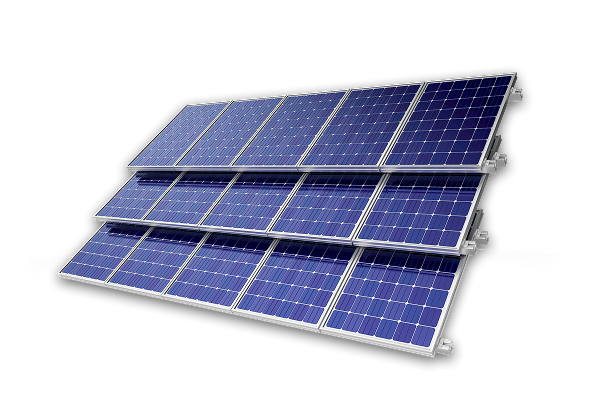mail info@star-centre.org
The Scaling Solar Program in Côte d’Ivoire is a major effort designed to increase the nation’s renewable energy capabilities. Côte d’Ivoire became part of the Scaling Solar program in partnership with the World Bank Group. This collaboration aims to draw in private funding for solar energy ventures by utilizing public-private partnerships (PPPs). Below are a few important pieces of information:
Read More: Côte d'Ivoire | Scaling Solar
The objective of the Plan Directeur d’Électrification Rurale (PDER), carried out by CI-ENERGIES in Côte d’Ivoire between 2015 and 2030, is to ensure equal electricity access in all areas. The focus is on electrifying towns and cities with more than 500 residents first, aiming for full electrification by 2020, possibly pushed to 2025 or 2030.
The focus is on enhancing economic growth in rural areas by enhancing electricity access and incorporating renewable energy sources to assist isolated regions. Moreover, the plan incorporates tactics for promoting local industrial growth and a system for monitoring its execution and socio-economic consequences. The goal of the PDER is to provide electricity to 5,038 communities. At the conclusion of 2016, there was a 59% growth in the number of electrified localities, rising from 2,847 in 2011 to 4,537. The percentage of national coverage increased from 33% in 2011 to 53% by December 2016.
Read more: Rural Electrification - CI-ENERGIES (cinergies.ci)
The PANEE is a strategic plan designed to improve energy efficiency in Côte d’Ivoire from 2015 to 2030. The goal is to achieve a 30% decrease in energy use in public buildings and a 20% decrease in the industrial sector by 2030. Some important efforts are promoting energy-saving lighting, enhancing electricity distribution systems, and enforcing energy efficiency standards and labeling on appliances.
The plan also centers on improving energy efficiency in residential, commercial, and public buildings. By the year 2020, the PANEE had the goal of saving around 1,000 GWh of electricity every year, making a big impact on the country's energy sustainability targets.

